
Taking a closer look to the infections in the intestines
Most commonly the infectious processes located in the intestines can be either caused by the entrance of the harmful germs and the microorganism through the process of eating, or the response to the overgrowth of the already existing microorganisms in the intestine flora from some reason. Nevertheless, most frequently the provokers are the bacteria Escherichia coli and Salmonella, the yeast fungus, the parasite tapeworm, amoeba and so on.
Most likely to be affected by any of these germs are the individuals who don’t practice the proper and regular hygiene of the body and the persons with not so strong immune system. That is because an individual could introduce a pathogen through the contaminated foods and water and ingest it, such is, for example the case of eating the undercooked and pork inhabited by the parasite which results eventually in the intestinal infection.
Indicators and treatment
As far as the most prominent indicators of the infections of the intestines are concerned, the most common are the bland stool and the incontinence of it, the urge for throwing up, dizziness, the lack of the will to eat, the bloody discharge in the feces and, of course, the specific contracting pain in the abdomen.
When it comes to the treatment, it varies upon the provoker of the process, so, these infections could be treated by the therapy of the drugs that annihilate the bacteria, parasite, fungi and so on, respectively. Nevertheless, in the case of the infection triggered by the entrance of a virus, no treatment is needed, since the immunity deals with it on its own, usually within one week.
Of course, besides these medications, which are the basis of the conventional treatment, the infected individual must help the healing process. One of the best techniques for speeding up the recovery and dealing with the problem of the depletion of the water in the organism due to throwing up and the watery stool, is literally flushing away the germs and supply the organism with enough of water by the simply increased intake of fluids. In the severe cases, if the infection lasted more than it was expected, the serious loss of the water is compensated by administering the liquids directly into a vein.
It is also very important to avoid the hardly digested meals (e.g. based on cauliflower and onion) and to increase the consumption of the foods that encourage the process of digestion, such as: banana, the juice extracted from lemon, the tea based on the peppermint, raw ginger and buttermilk.


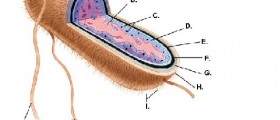

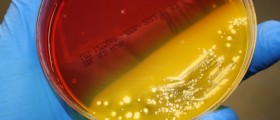
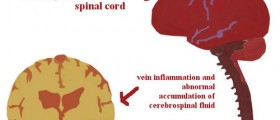



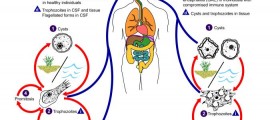

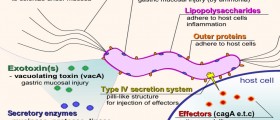



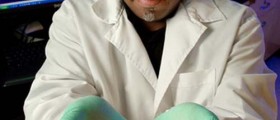
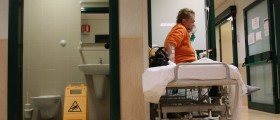
Your thoughts on this
Loading...